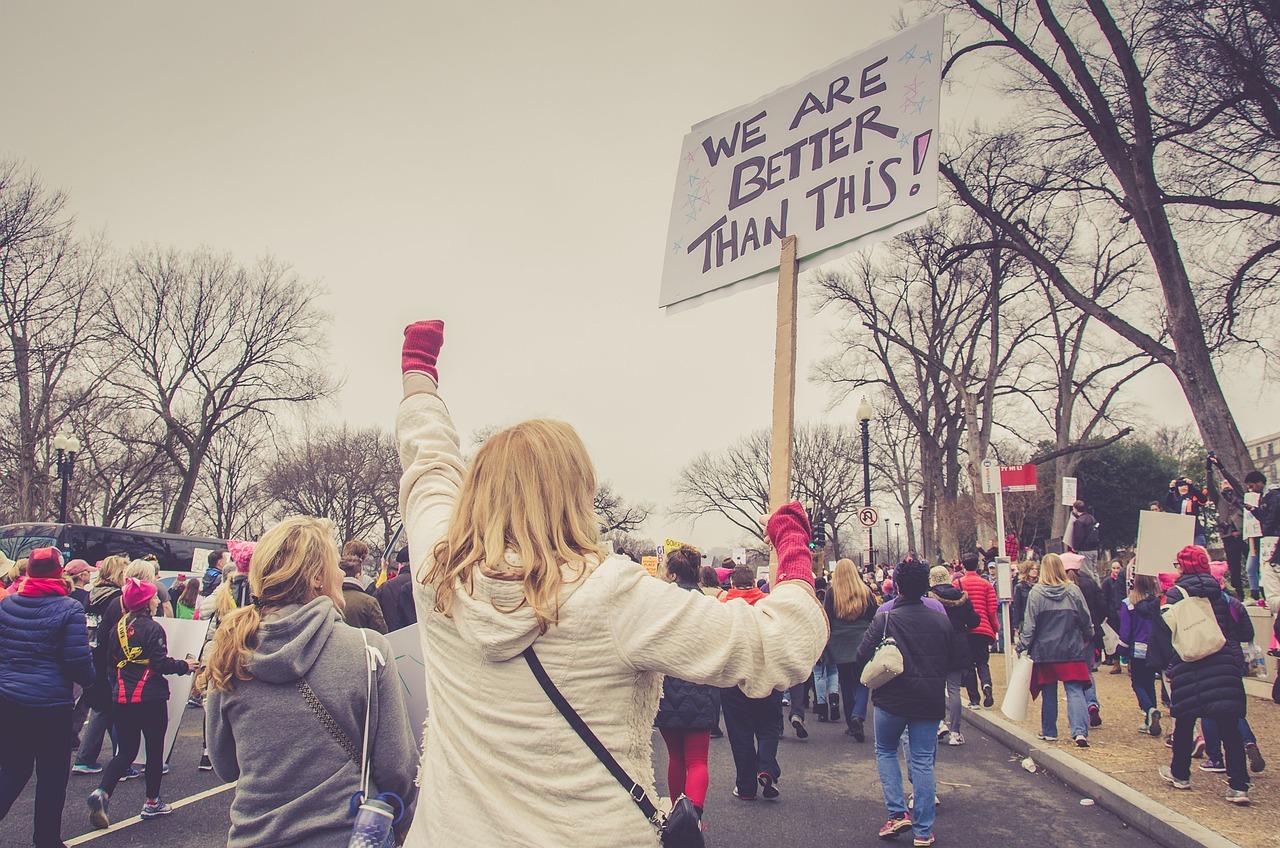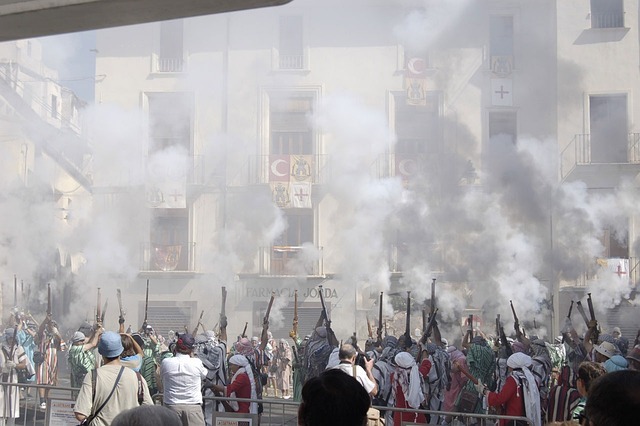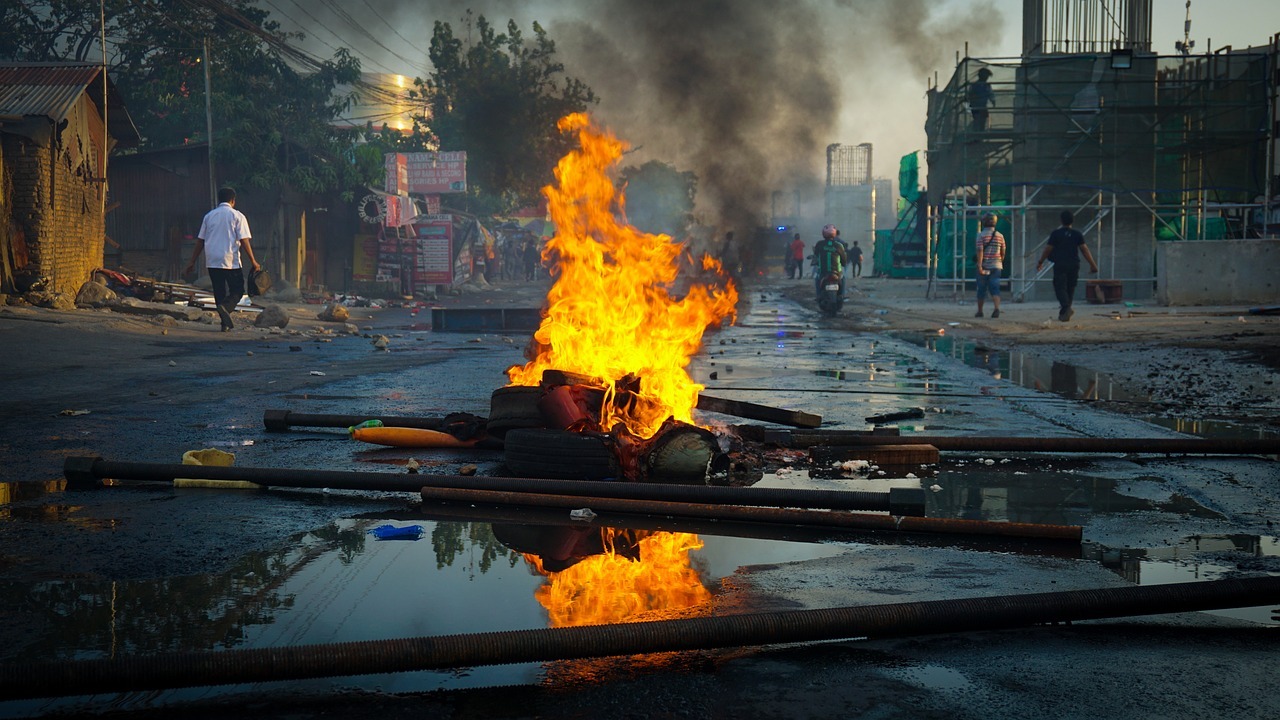In today’s rapidly evolving global landscape, political unrest and riots have become more prevalent, posing significant challenges to personal safety and community stability. Navigating these turbulent times requires not only awareness and understanding but also practical preparedness. Here are some essential tips and strategies to ensure your safety during such periods of uncertainty. From understanding how to stay informed with accurate information to preparing for potential communication disruptions, we will delve into key aspects that are vital for safeguarding yourself and your loved ones.
Staying Informed
Staying informed during times of political unrest or riots is not just a matter of convenience, but a critical aspect of ensuring personal safety. In a rapidly changing environment, where events can escalate quickly, access to timely and accurate information becomes a lifeline. This means actively seeking out updates from reliable news sources, both local and international. Local news outlets are often the first to report on developments in specific areas, giving you a more detailed and immediate understanding of what’s happening close to home. International media, on the other hand, can provide a broader perspective, helping to understand the wider implications and context of the unrest.
Platforms like Twitter, Facebook, and various messaging apps often serve as real-time sources of information and community updates. However, the double-edged sword of social media is its propensity for misinformation. During times of crisis, rumors and unverified information can spread rapidly, heightening panic and confusion. Therefore, it’s crucial to cross-reference social media updates with trusted news sources.
Avoid Conflict Areas
Conflict zones are often unpredictable and volatile, with the potential for violence to escalate rapidly. The key to avoiding these areas lies in being proactive and well-informed. This means consistently monitoring reliable news sources for updates about the locations of protests, demonstrations, and clashes. Understanding the geography of your city or area is crucial; knowing which neighborhoods or streets are prone to unrest can help you plan safer routes for necessary travel.
It’s also important to recognize the signs of escalating tension if you find yourself near a potential conflict area. These can include increased police or military presence, roadblocks, and groups of protesters gathering. In such scenarios, it’s advisable to leave the area immediately and seek a safer location. If commuting, consider alternative routes or modes of transportation to avoid these hotspots.
Having an Emergency Plan
Having an emergency plan during times of political unrest or riots is an essential aspect of personal and family safety. Such a plan acts as a guide to navigate the unpredictability and potential dangers that come with civil unrest. The cornerstone of an effective emergency plan is clear communication. It’s crucial to establish a reliable way for all family members or housemates to stay in touch, especially if you get separated.
The plan should also include predetermined safe locations. Identify a safe room within your home, preferably one without windows or with the least exposure to the outside, where you can take refuge if danger is imminent. Additionally, choose several safe spots outside your home, like a trusted friend’s house or a community center, in case evacuation is necessary. It’s important to map out multiple routes to these locations to avoid conflict areas. Include in your plan a checklist of essential items to take during an evacuation—documents, medications, emergency supplies, and a list of important contacts.
Stay Indoors
When tensions are high and the streets become unpredictable, the safest place is often inside your own home. This approach minimizes the risk of getting inadvertently caught in violent situations or confrontations. The first step in staying safe indoors is to stay informed about the situation outside. Keep a close eye on local news and updates from trusted sources. This will help you understand the extent of the unrest and whether it’s affecting your immediate area.
It’s also important to maintain a low profile. Avoid drawing attention to your presence. This means keeping lights dimmed, especially at night, and being cautious about making loud noises. If you live in an area where your political or social views might make you a target, be especially discreet.
Remember, the decision to stay indoors should be based on a realistic assessment of the situation outside and your personal safety. If at any point your home becomes unsafe, be prepared to move to a more secure location as per your emergency plan.
Be Cautious on Social Media
It’s important to be discerning about the information you share and consume on these platforms. Always verify news from social media with reputable sources before accepting it as true or sharing it further. Misinformation can spread rapidly and cause unnecessary panic or even put lives at risk. Be particularly wary of unverified reports, sensationalist content, or posts that lack credible sources.
When posting on social media, exercise restraint and thoughtfulness. Avoid sharing your immediate location, plans, or sensitive personal information that could compromise your safety. This is especially crucial if you’re in or near areas experiencing unrest. Revealing such details can inadvertently expose you or others to risks.
While social media can be a valuable tool for staying informed and connected during unrest, it requires a careful and responsible approach. By being cautious about the information you share and consume, and by being aware of your digital footprint, you can help ensure your safety and that of others.
Keep Essential Supplies
Maintaining a stockpile of essential supplies is a vital aspect of preparedness in the face of political unrest or riots. Such emergencies can disrupt regular access to necessities, making it imperative to have a reserve of critical items. This stockpile should include non-perishable food items like canned goods, dried fruits, nuts, and energy bars, all chosen for their long shelf life and minimal cooking requirements.
Water is equally important, with the recommended amount being at least one gallon per person per day for a minimum of three days. Additionally, a well-equipped first aid kit is essential, along with a supply of any necessary prescription medications and over-the-counter remedies for common ailments.
In preparation for potential utility disruptions, alternative power sources such as flashlights, extra batteries, and power banks for electronic devices are crucial. A battery-operated or hand-crank radio can keep you informed if internet and television services are unavailable. It’s also important to consider personal hygiene and sanitation needs, stocking up on items like soap, hand sanitizer, toilet paper, and moist towelettes.
Keeping important documents readily accessible and having some cash on hand is wise, as ATMs and credit systems may be non-functional. Additionally, appropriate clothing and bedding, considering the climate and season, should be included to ensure comfort and warmth in case of power outages. This level of preparedness not only provides practical benefits but also offers peace of mind during uncertain times.
Be Prepared for Communication Disruptions
Being prepared for communication disruptions is a critical aspect of navigating through political unrest or riots. During such times, it’s common for networks to become overloaded or even for authorities to shut down internet and mobile services to control the situation. Having a plan in place for such scenarios can help you stay informed and maintain contact with family and friends.
While mobile phones are the primary mode of communication for many, consider alternatives like landlines or satellite phones, which might be more reliable in a crisis. Text messaging often works even when phone lines are congested, so know how to send and receive texts. Additionally, having a battery-powered or hand-crank radio is invaluable for receiving news updates, especially if internet-based sources are unavailable.
In preparing for such disruptions, ensure that all communication devices are always charged when possible. Keep portable chargers and spare batteries handy, and consider investing in solar-powered charging options. Remember, in times of widespread disruption, information is a crucial commodity. Staying adaptable and prepared for different communication challenges can significantly affect your ability to navigate through periods of unrest safely.
Final Words
Navigating the uncertainties of political unrest and riots demands a combination of vigilance, preparedness, and adaptability. It’s important to recognize that each situation is unique, and thus, flexibility in applying these tips to your specific context is the key. Safety is not just about immediate reactions to unfolding events; it’s also about proactive planning and continuous awareness of the environment. In times of turmoil, being prepared is not just a precaution; it’s a responsibility. Stay safe, stay informed, and stay prepared.



